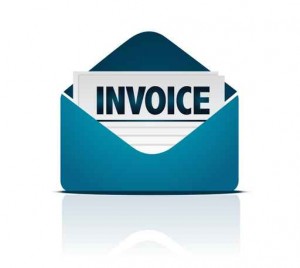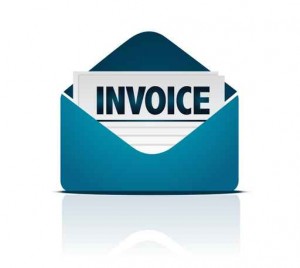Accounts Receivable Automation.
How to automate your accounts receivable.
A fully automated accounts receivable solution for accurately allocating customer payments quickly and efficiently to the relevant customer accounts will save time and reduce manual intervention.

Automating your cash allocation to your customer accounts minimises manual intervention and saves time.
How is this achieved?
Capture
Most capture tools operate on a template basis which require structure and will not work with thousands of differently laid out remittances. By employing an intelligent capture tool which can extract the data automatically, learning and storing as it goes this in turn automates the collection of data and updates the accounts system seamlessly without the need for any manual intervention.

Managing the Accounts Receivable process enables quick allocation of incoming payments.
Manage
Holds all documents enabling quick retrieval for processing and audit which in turn negates the need for paper storage whilst fulfilling compliance requirements.
Allocate
Allocate incoming payments quickly right down to invoice level. The system remembers this information so that subsequent payments can be matched instantly. This can lead to an 80% reduction in manual allocation.
What are the benefits of automating your Accounts Receivable function?
- Real time view of sales ledger values
- Clean sales ledger with no unallocated balances
- Accurate management information and clear cash flow forecasting
- Efficient credit control as no time is wasted chasing up invoices that have already been paid.
- Efficient credit management with accurate debtor days information available at all times
- Reconciliation is done on a day to day basis resulting in quicker and smoother month end process.
- All banking and remittance documents are electronically stored simplifying the audit process and reducing the amount of storage needed for archiving old invoices and remittances.
Next steps
Digital Print Management are a channel partner for ProcessFlows; world leaders in the capture, process, manage and delivery of documents, voice and data solutions.
For an overview of our Accounts Receivable and Accounts Payable solutions and how our solutions can help your company, please call us on 01234-271156 or email us your details below and one of our expert advisors will be in touch.
[gravityform id=”4″ name=”Arrange a call back!”]



